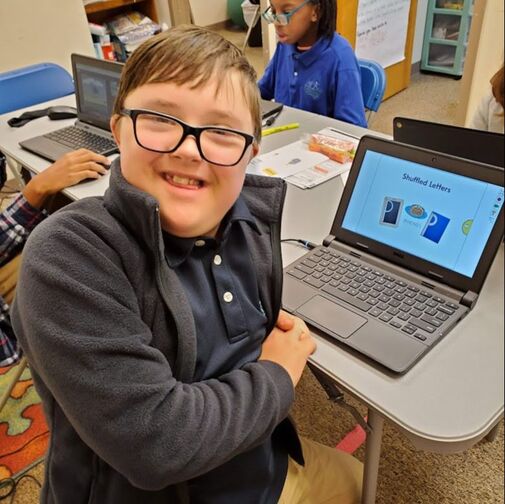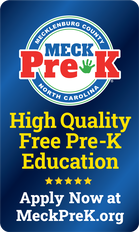The Crossway Student

Crossway Academy is a unique place that provides a therapeutic environment that increases a student’s ability to learn. Our small class sizes create more opportunities for more individualized and differentiated instruction.
As Crossway continues to expand and service children with diverse needs and abilities, we have always recognized the need to teach and support the WHOLE child. Part of that support comes from our occupational, physical and speech therapists who facilitate student development of handwriting, social-emotional regulation, fine motor skills, motor planning and self-care. Additionally, our students receive music therapy, Allegro Movement Therapy and extracurricular activities such as Soccer Shots.
We are taking things a step further and creating a functional curriculum that targets the following domains:
These domains target skills that can often be challenging for our students. With it now being embedded into our school's curriculum, we expect to see progress in the whole child!
Some skills that your child will be learning includes:
Our founder and teachers work diligently in updating this curriculum. Your students' needs are at the center of our preparations, which promises a curriculum that is individualized.
A Crossway Student:
1. Loves school, and has the ability to work within a small group.
2. Has attended at least one full year of preschool or kindergarten prior to attending Crossway.
3. Has the ability to learn in a small group setting with minimal support, or a one-on-one is required.
4. Has age appropriate feeding skills.
5. Is able to physically transition between activities independently; follows general safety guidelines (not prone to wander or run).
6. Is eager to make friends, and is receptive to social skills training.
7. Has no history of diagnosed behavioral or emotional disorders such as ODD and does not require one to one support for behavior. If the child does require Applied Behavioral Analysis support, the family needs to provide this and discuss prior to admission.
8. Has a supportive home environment for carryover of therapeutic and academic recommendations.
Our teacher to student ratio is 1 to 5. Our classrooms are multi-age and multi-grade. Classroom placements are determined based on social and academic needs.
As Crossway continues to expand and service children with diverse needs and abilities, we have always recognized the need to teach and support the WHOLE child. Part of that support comes from our occupational, physical and speech therapists who facilitate student development of handwriting, social-emotional regulation, fine motor skills, motor planning and self-care. Additionally, our students receive music therapy, Allegro Movement Therapy and extracurricular activities such as Soccer Shots.
We are taking things a step further and creating a functional curriculum that targets the following domains:
- Self Care and Domestic Living
- Recreation and Leisure
- Social Interactions
- Employment and Community Preparedness
These domains target skills that can often be challenging for our students. With it now being embedded into our school's curriculum, we expect to see progress in the whole child!
Some skills that your child will be learning includes:
- Self Care: feeding, hygiene routines and desensitization programs for haircut or going to the dentist
- Self Advocacy: when and how to ask for help
- Recreation and Leisure: how to use free time appropriately; how to engage in free time activities other than technology
- Social Interactions: big vs. little problems and the appropriate responses to those problems
Our founder and teachers work diligently in updating this curriculum. Your students' needs are at the center of our preparations, which promises a curriculum that is individualized.
A Crossway Student:
1. Loves school, and has the ability to work within a small group.
2. Has attended at least one full year of preschool or kindergarten prior to attending Crossway.
3. Has the ability to learn in a small group setting with minimal support, or a one-on-one is required.
4. Has age appropriate feeding skills.
5. Is able to physically transition between activities independently; follows general safety guidelines (not prone to wander or run).
6. Is eager to make friends, and is receptive to social skills training.
7. Has no history of diagnosed behavioral or emotional disorders such as ODD and does not require one to one support for behavior. If the child does require Applied Behavioral Analysis support, the family needs to provide this and discuss prior to admission.
8. Has a supportive home environment for carryover of therapeutic and academic recommendations.
Our teacher to student ratio is 1 to 5. Our classrooms are multi-age and multi-grade. Classroom placements are determined based on social and academic needs.

